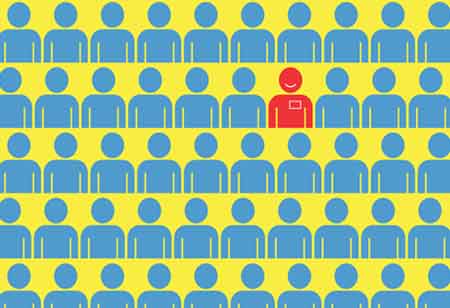THANK YOU FOR SUBSCRIBING
Be first to read the latest tech news, Industry Leader's Insights, and CIO interviews of medium and large enterprises exclusively from Hrtech Outlook
THANK YOU FOR SUBSCRIBING

By
HR Tech Outlook | Friday, April 29, 2022
Stay ahead of the industry with exclusive feature stories on the top companies, expert insights and the latest news delivered straight to your inbox. Subscribe today.
Robotic process automation (RPA) is a new technology that can fully automate certain business operations. It works on the principles of artificial intelligence plus software robots.
Fremont, CA: RPA is not for replacing humans but rather for adding new functions to current HR technology systems, making them more effective by limiting the scope of human mistakes and securing data. Modern tech-savvy firms use RPA in their HR tech operations to tackle monotonous activities while also integrating all existing HR systems into a single layer. Many advanced RPA solutions can integrate all HR tech platforms without the requirement for huge teams and disturbance during deployment. Let's look at the most common HR IT use cases today:
· Payroll management
Without RPA, the organization can handle 100,000 events each month with only an average handling duration of 60 hours, two desktop programs, and the efforts of six full-time personnel. After deploying RPA, the organization may get a four-month return on investment. For example, the robot handled customers' payroll adjustments through email and automatically put them further into the SAP system. It automated 90percent of the procedure, lowering processing time by 85percent while introducing 0percentage mistakes.
· Employee onboarding
Following recruiting, HR employees execute various tasks to ensure a new employee's smooth integration into the organization. HR team members engage with several services to carry out onboarding-related procedures, such as generating their email IDs and granting them access to apps. It becomes a time-consuming and inefficient procedure that may get avoided by implementing RPA. RPA may automatically initiate a preset onboarding sequence, with business rules given to the robots to make the appropriate choices.
· HR virtual assistant
Automation will become more intuitive and powerful by incorporating artificial intelligence into RPA, revolutionizing the employee-HR interface. In addition, HR technology is becoming more cognitive as a result of features such as optical character recognition (OCR), machine learning (ML), and natural language processing (NLP). Chatbots are one example of how AI and RPA may work together to create a virtual HR assistant. Employees may communicate with an RPA-enabled bot to obtain whatever information they require.



